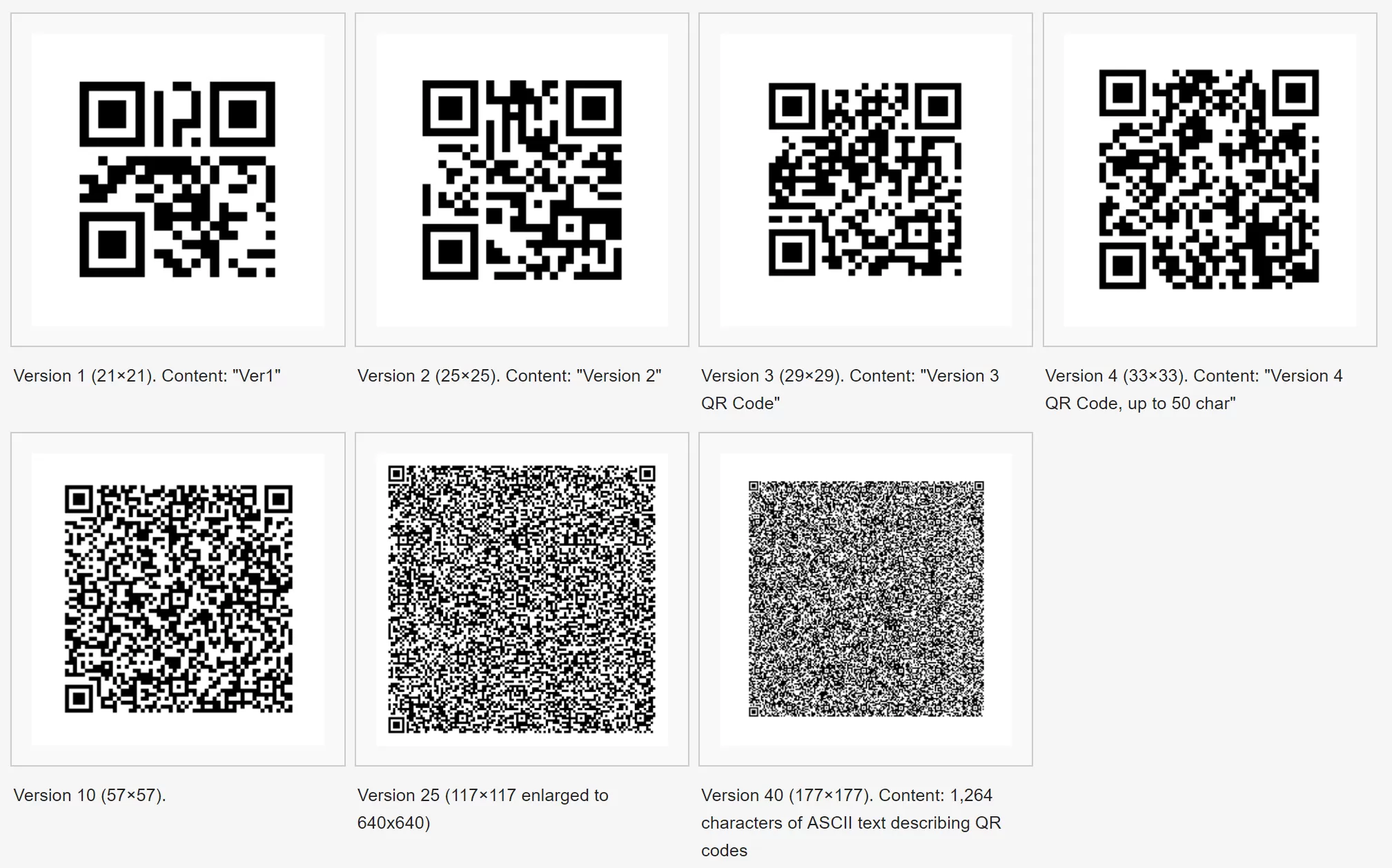Forward-looking: For almost five decades, the humble barcode has been found on the packaging of almost every consumer item in the world. But there’s a push to get rid of them within just two years, replaced by QR-style 2D barcodes.
GS1, the global non-profit organization that develops and maintains standards for supply chain communication, including barcodes, aims for widespread adoption of QR-style codes by 2027 through its Sunrise 2027 initiative.
The 2D versions of barcodes look like squares or rectangles containing many small, individual dots – QR codes are one version – and can hold a lot more information, which is encoded on both the horizontal and vertical axes.
That extra information could be invaluable to stores. Retailers will, for example, be able to immediately respond to product recalls and identify faulty items. In addition to viewing prices, sellers will also be able to see when food is nearing its expiry date and offer discounts. The codes can also greatly improve inventory control.

Consumers can benefit from the 2D codes, too. Scanning one could lead to instructions on how to recycle items in compliance with environmental laws. The codes can also give access to loyalty points, games, and coupons.
Something else the QR-style codes can do is offer extra information on ingredients and allergens. That would help those with conditions such as celiac disease – much food packaging fails to disclose the risks of ingredient cross-contamination.
On a practical level, items could have several small 2D codes printed on their packaging, meaning crumples and tears wouldn’t prevent products from being scanned, as is often the case with barcodes.
Despite the environmentally friendly recycling information contained in the 2D codes and the fact they have been found to reduce food waste by up to 40%, there are concerns over the greater demands the extra data will place on cloud computing resources. If every product starts coming with a slew of data attached to it, their carbon footprint will increase. There are also the costs of redesigning packaging to consider.
Since they were first used to label car parts in Japanese factories in 1994, the popularity of QR codes has continued to increase, and their use exploded during the pandemic.
Several major US companies are now transitioning or actively supporting the shift from traditional barcodes to QR codes, including Procter & Gamble, The J.M. Smucker Company, and Wegmans Food Markets.
Even if all retailers make the move to 2D codes, barcodes will likely continue to be used in manufacturing and warehousing.









Leave a Comment